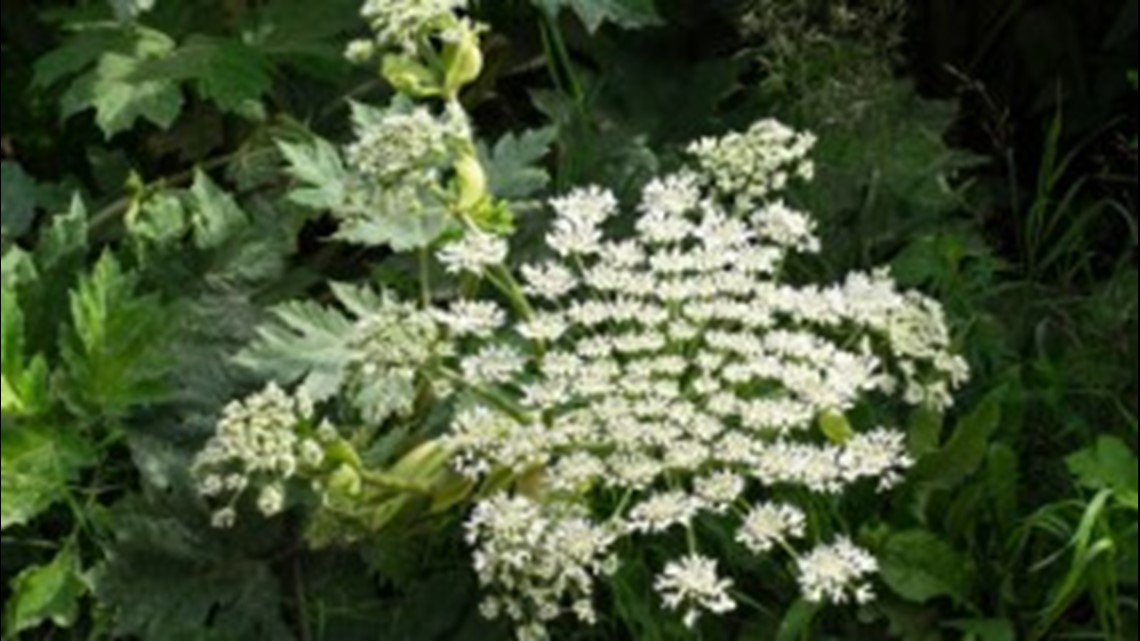SPOTSYLVANIA, Va.– Alex Childress went to his parents for help with what he thought was a severe sunburn after working outside at his summer landscaping job.
But the real cause of the painful first- and second-degree burns suffered by the 17-year-old from Spotsylvania, Virginia, turned out to be something a little more unusual.
“We were working outside a factory and I snipped down a bush and it fell and touched my face,” Childress told CNN affiliate WWBT. “I didn’t pay any mind to it because I do it all the time.”


The plant in question was a toxic giant hogweed.
Childress’ mother, Chrissy Childress, is a nurse at the Virginia Commonwealth University Medical Center and suspected the plant might be the irritant. Her son was transferred to the center’s burn unit, after first being taken to the Spotsylvania Regional Medical Center.
Once there, he was instructed to shower for an hour and a half. He stayed in an unlit hospital room for two days, as the plant is phototoxic, meaning it gets more potent when exposed to ultraviolet rays or sunlight. He has since been discharged from the hospital.
Facts about the plant
The plant is native to the Caucasus mountains in the country of Georgia and parts of southwest Asia.
Researchers believe the species was planted in the United States intentionally a few decades ago, according to spokeswoman Elaine Lidholm of the Virginia Department of Agriculture and Consumer Services. It has since been discovered in several states.
“There’s been detection in Virginia, but we’re just now realizing it’s been here for some time,” Lidholm told CNN.
Giant hogweed is classified by the agency as a noxious weed, a type of plant that outgrows native species and often infiltrates their habitats. The seeds can lie dormant for several years, but Lidholm said a cooler, longer spring caused its increased activity.
There have been confirmed sightings of giant hogweed in three Virginia counties: Rockingham, Clarke and Fauquier. The plant can grow as high as 15 feet and white flowers fan out at the top. The Virginia Department of Agriculture recommends that anyone who thinks they may have spotted a plant leave it alone and contact the agency.



